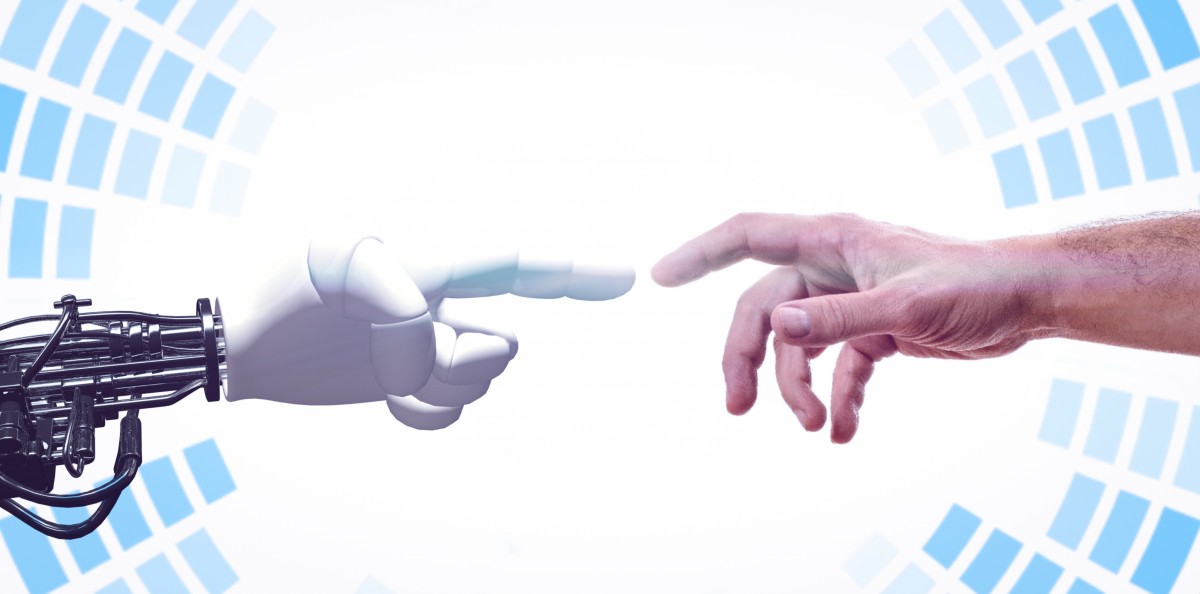At this year’s Tesla’s AI Day event, Elon Musk announced wanting to launch a humanoid robot next year. This so-called ‘Tesla Bot’ will take care of boring, repetitive and dangerous work from humans. The robot will have the size of an average human (1.70 meters tall and weighing 56 kilograms) and could be used in a wide variety of scenarios, from factory work to grocery shopping. This rapid development could be feasible because of the technologies in autonomous Tesla cars that can be used for the Tesla Bot (Sweney & Hern, 2021).
This development can have profound implications for the global economy. Since these bots can help reduce labour shortages. On top of that, humanoid robots can be put to work for as long as desired. Subsequently, these robots have the potential to replace humans when it comes to labour. Which could lead to unemployment for unskilled workers. The answer to this potential problem is universal basic income (Sweney & Hern, 2021).
Universal Basic Income is a concept where ‘the income paid by a political community to every member of the society on an individual basis without any work requirements’. This income can be generated by the labour of humanoid robots like the Tesla Bot and artificial intelligence solutions. This would end the need for humans to work, which would result in drastic changes in human life. Quality of life and life expectancy would for example be improved, since there is no need for humans to work boring, repetitive and dangerous jobs (Van Parijs, 2013).
If Elon Musk will deliver on his promises is something we will see with time. However, I appreciate the initiative taken to use R&D time for something that will not only benefit businesses but also our society. Humanoid robots could be the trigger for utopian concepts like Universal Basic Income if it is executed correctly and if society embraces this radical change. And that’s something to get excited about.
References
Sweney, M., & Hern, A. (2021, August 20). Humanoid ‘Tesla Bot’ likely to launch next year, says Elon Musk. The Guardian. https://www.theguardian.com/technology/2021/aug/20/humanoid-tesla-bot-likely-to-launch-next-year-says-elon-musk
Van Parijs, P. (2013). “The Universal Basic Income: Why Utopian Thinking Matters, and How Sociologists Can Contribute to It.” Politics & Society 41(2): 171-182.


